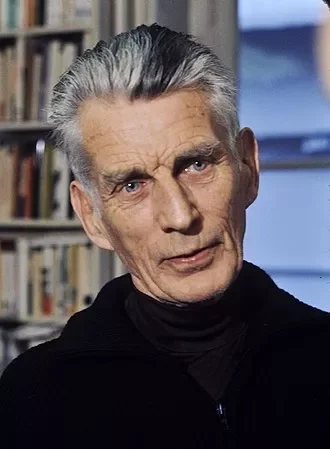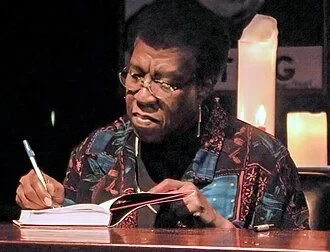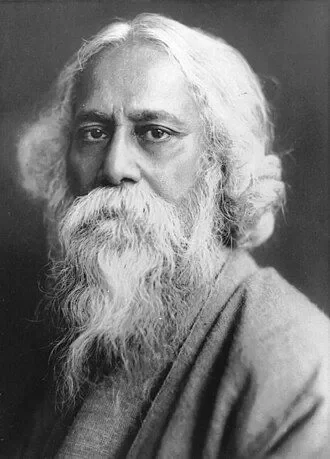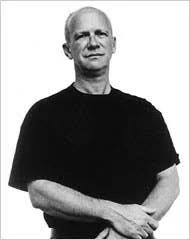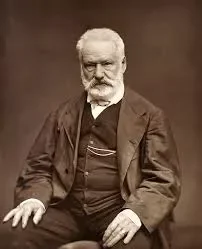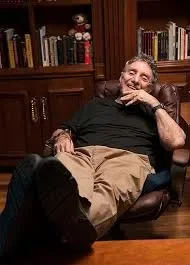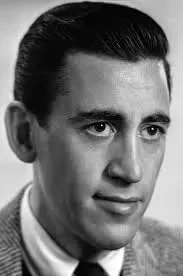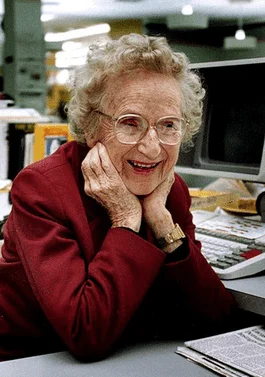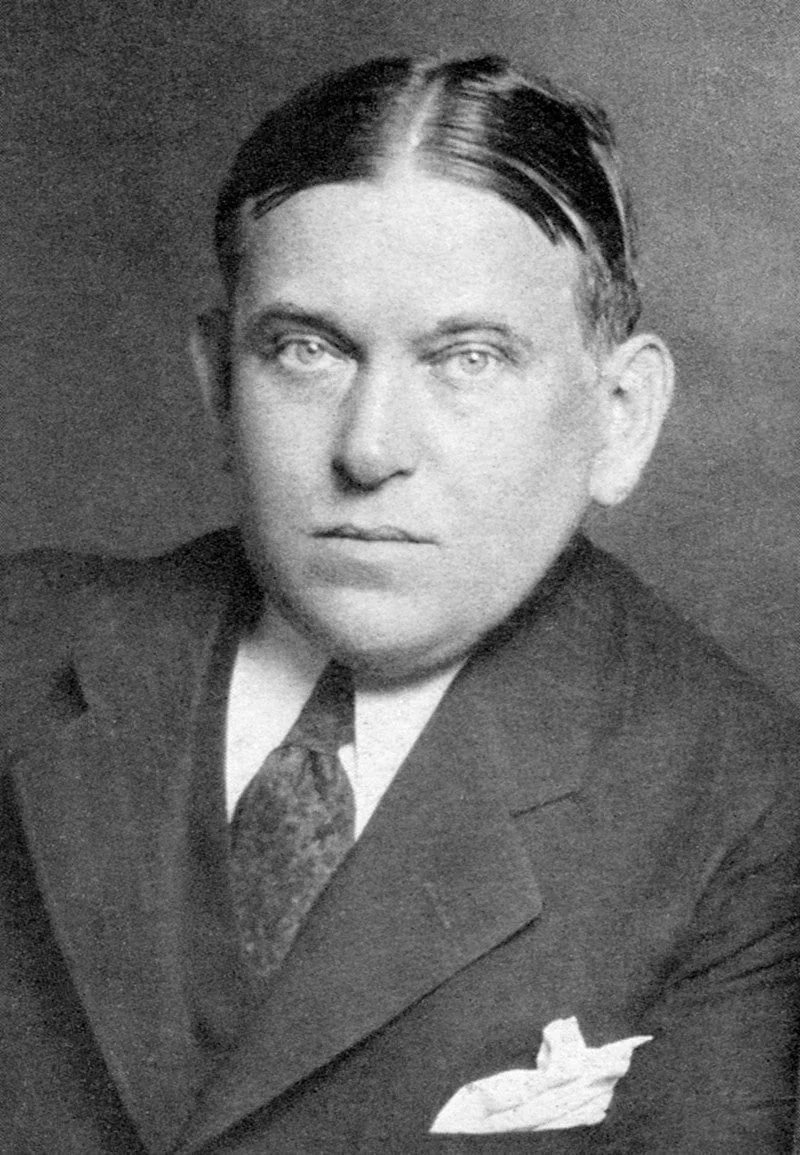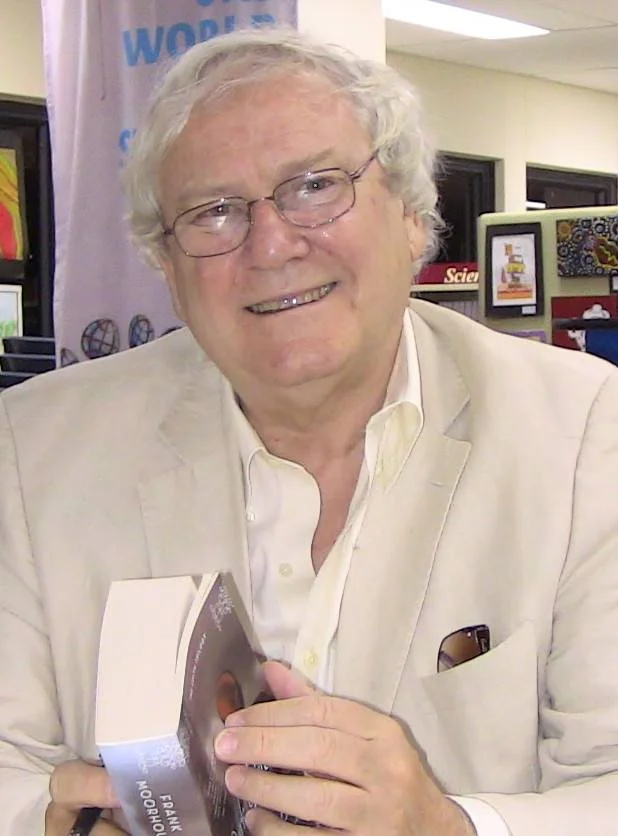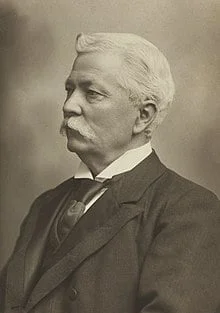Real Celebrities Never Die!
OR
Search For Past Celebrities Whose Birthday You Share
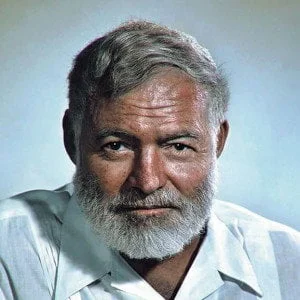
source:ricardonudelman.com
Ernest Hemingway
Birthday:
21 Jul, 1899
Date of Death:
02 Jul, 1961
Cause of death:
Suicide
Nationality:
American
Famous As:
Novelist
Age at the time of death:
61
Early Life and Childhood
Ernest Hemingway was born on July 21, 1899, in Oak Park, Illinois, a suburb of Chicago. His father was a physician, and his mother was a music teacher. Hemingway developed an early interest in sports and the outdoors, often spending time fishing and hunting. These outdoor experiences deeply influenced his later writing.
Starting a Career in Journalism
In 1917, Hemingway graduated from Oak Park and River Forest High School. He briefly attended school before leaving to work as a reporter for the Kansas City Star. It was here that Hemingway honed his writing style, focusing on simple, clear prose—a technique that became his trademark.
World War I Experience
In 1918, Ernest Hemingway volunteered to serve as an ambulance driver for the Red Cross during World War I. He was stationed in Italy, where he witnessed the horrors of war firsthand. Hemingway was wounded in action, and his time recovering in a hospital deeply affected him. His experiences shaped much of his later writing, including his famous depictions of war.
Move to Paris and Literary Success
After returning to the United States, Hemingway moved to Chicago and worked as a freelance writer. In 1921, he married his first wife, Hadley Richardson, and the couple moved to Paris. In Paris, Hemingway became part of a vibrant expatriate community, including writers like Gertrude Stein and F. Scott Fitzgerald. In 1925, he published his first major work, In Our Time, which earned him recognition as a rising literary figure.
Breakthrough with “The Sun Also Rises”
Hemingway’s first novel, The Sun Also Rises (1926), was a major success. It became a bestseller and is now considered a classic of modernist literature. This novel, like many of his works, dealt with themes of masculinity, war, and the human condition. Hemingway continued to travel across Europe and Africa during this period, which enriched his writing.
Personal Life and Marriage
Ernest Hemingway’s personal life saw ups and downs. After divorcing Hadley, he married Pauline Pfeiffer, with whom he had two children. Their marriage was marked by both love and turmoil, but his writing flourished during this time. Pauline supported his literary career, even as Hemingway’s focus turned increasingly toward war and adventure.
Impact of the Spanish Civil War
In 1937, Hemingway went to Spain to report on the Spanish Civil War. His experiences during this conflict became the basis for his novel For Whom the Bell Tolls (1940), which became another bestseller. The novel reflected his deep emotional connection to the war, and it cemented his reputation as a master of modern storytelling.
World War II and Later Writing
During World War II, Hemingway worked as a correspondent for Collier’s magazine. He covered pivotal events like the liberation of Paris and the Allied invasion of Normandy. His experiences inspired his novel Across the River and Into the Trees (1950). Though this novel was less well-received, Hemingway soon rebounded with one of his most famous works, The Old Man and the Sea (1952).
Ernest Hemingway's Quote's
Winning the Pulitzer and Nobel Prizes
The Old Man and the Sea became one of Hemingway’s most celebrated works, earning him the Pulitzer Prize for Fiction in 1953. In 1954, he was awarded the Nobel Prize in Literature for his mastery of modern narration. However, by this time, Hemingway’s health was in decline due to injuries, depression, and heavy drinking.
Decline and Final Years
By the mid-1950s, Hemingway’s health deteriorated, and he was bedridden for much of that time. Though advised to stop drinking, he found it difficult to follow this advice. He rediscovered personal writings stored at the Ritz Hotel from 1928, which became the foundation for his memoir A Moveable Feast. Despite his efforts, Hemingway struggled with worsening depression.
Tragic End and Enduring Legacy
In the early hours of July 2, 1961, Ernest Hemingway tragically took his own life with a shotgun. Despite his personal struggles, his impact on literature remains profound. Hemingway’s minimalist style and focus on simple, direct language continue to inspire writers around the world. His works stand as timeless examples of storytelling, teaching countless writers to strive for simplicity and clarity in their prose.
Name:
Ernest Hemingway
Popular Name:
Ernest Hemingway
Gender:
Male
Cause of Death:
Suicide
Spouse:
Place of Birth:
Oak Park, Illinois, U.S.
Place of Death:
Ketchum, Idaho, U.S.
Occupation / Profession:
Personality Type
Advocate: Quiet and mystical, yet very inspiring and tireless idealists. Ernest Hemingway’s style of writing was simple and clear prose is an inspiration to writers even today.
Hemingway's distinctive writing style, characterized by brevity and simplicity, has had a lasting influence on modern literature
He earned the Italian Silver Medal of Valor and a Bronze Star for his service as an ambulance driver in Italy during World War I.
He was an expert fisherman and he set a world record in 1938 by catching seven marlins in one day.
He was in back-to-back plane crashes when travelling with wife Mary Welsh in 1954. Their plane crashed in Belgian Congo. The following day, they boarded another plane to reach medical attention in Entebbe, which crashed before takeoff, leaving Hemingway with burns, a concussion, and cerebral fluid in his head.
Pulitzer Prize for Fiction (1953)
Nobel Prize in Literature (1954)
